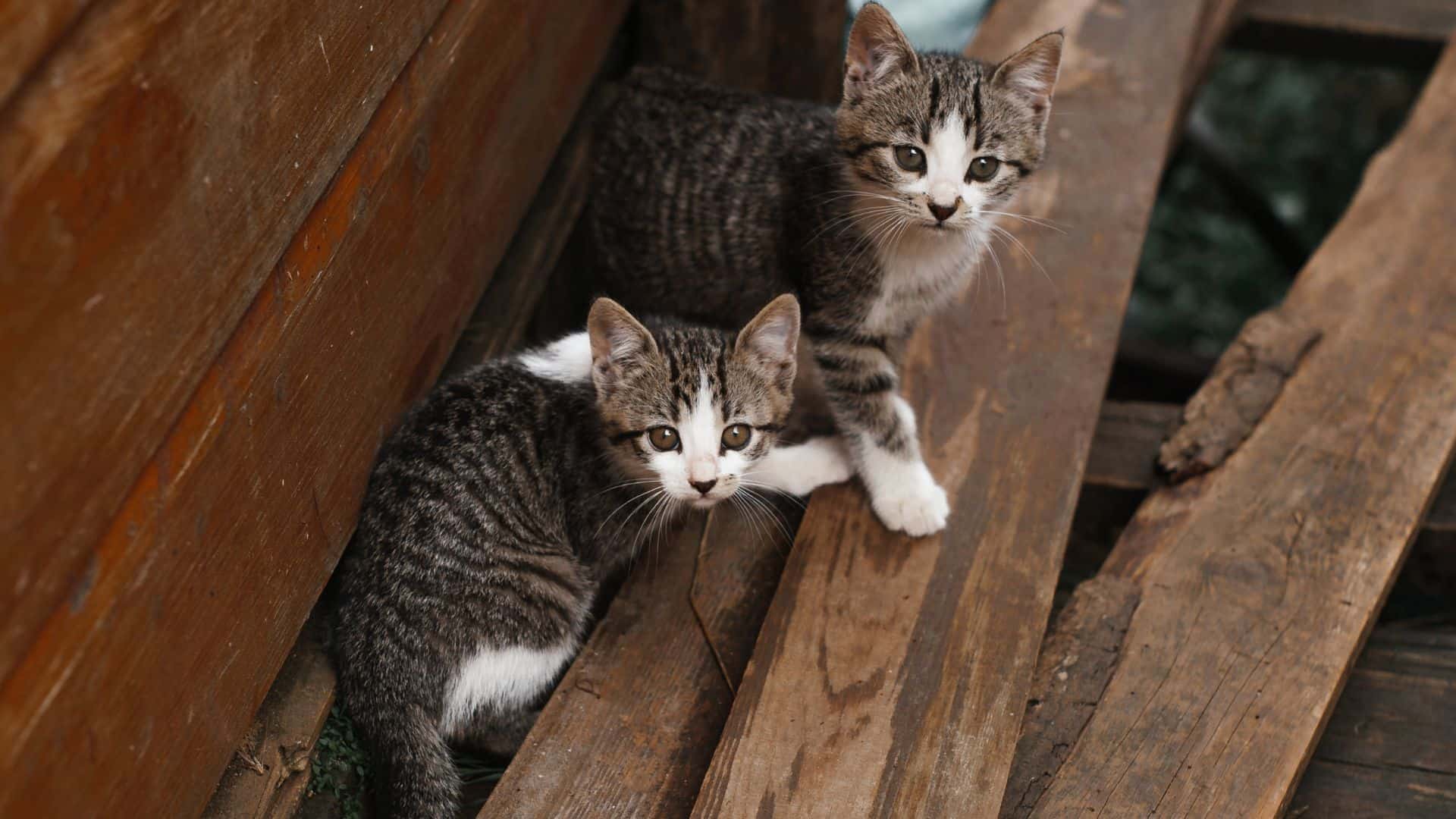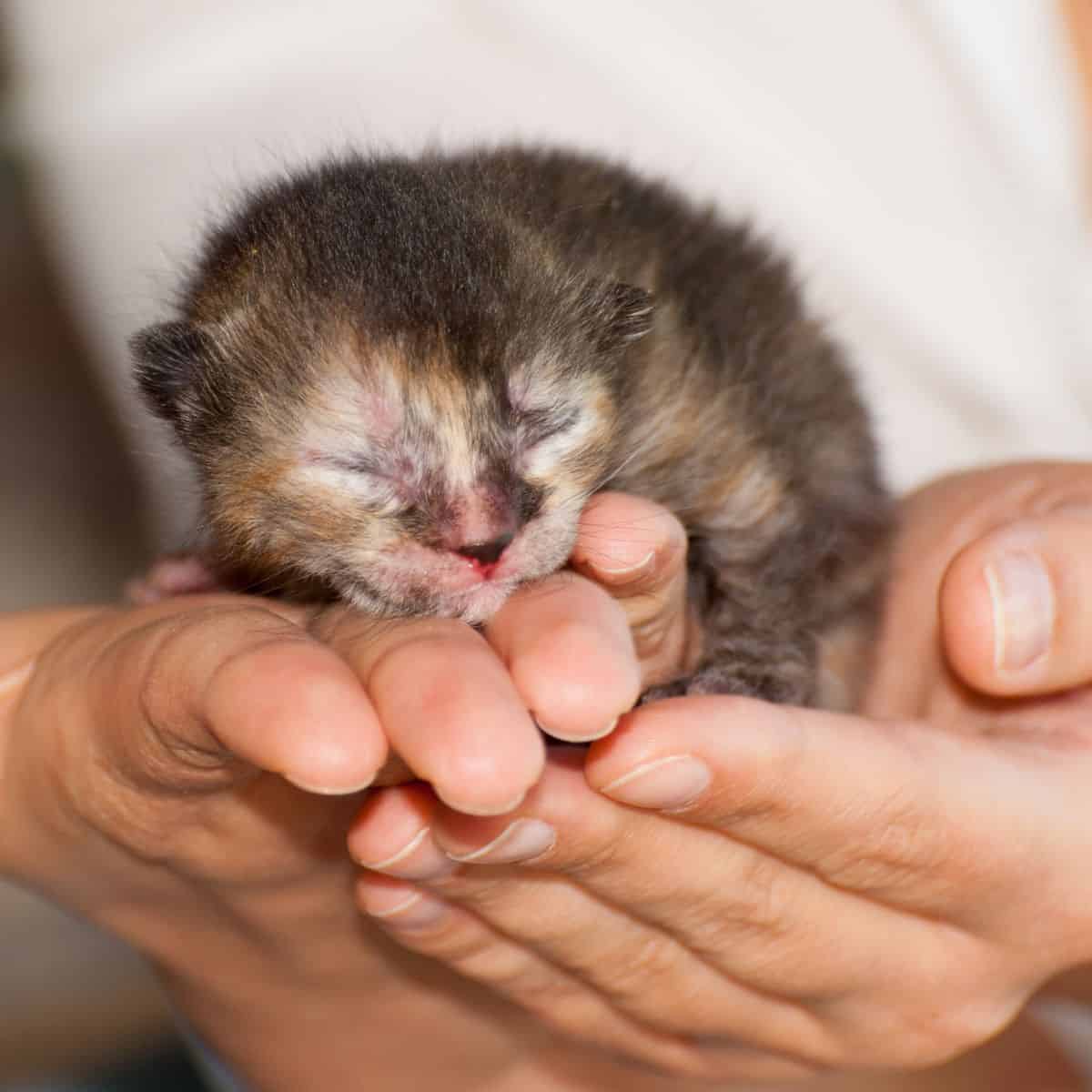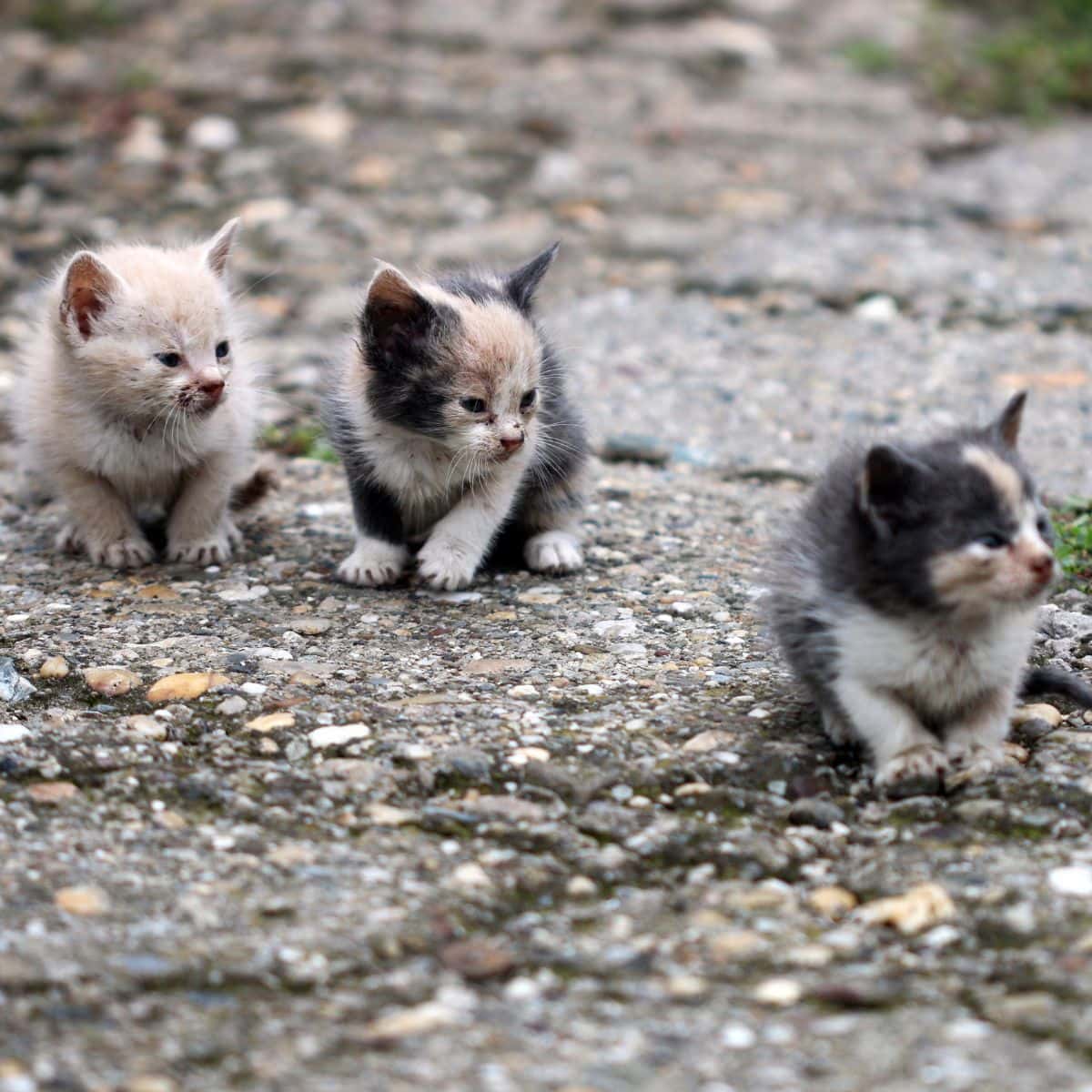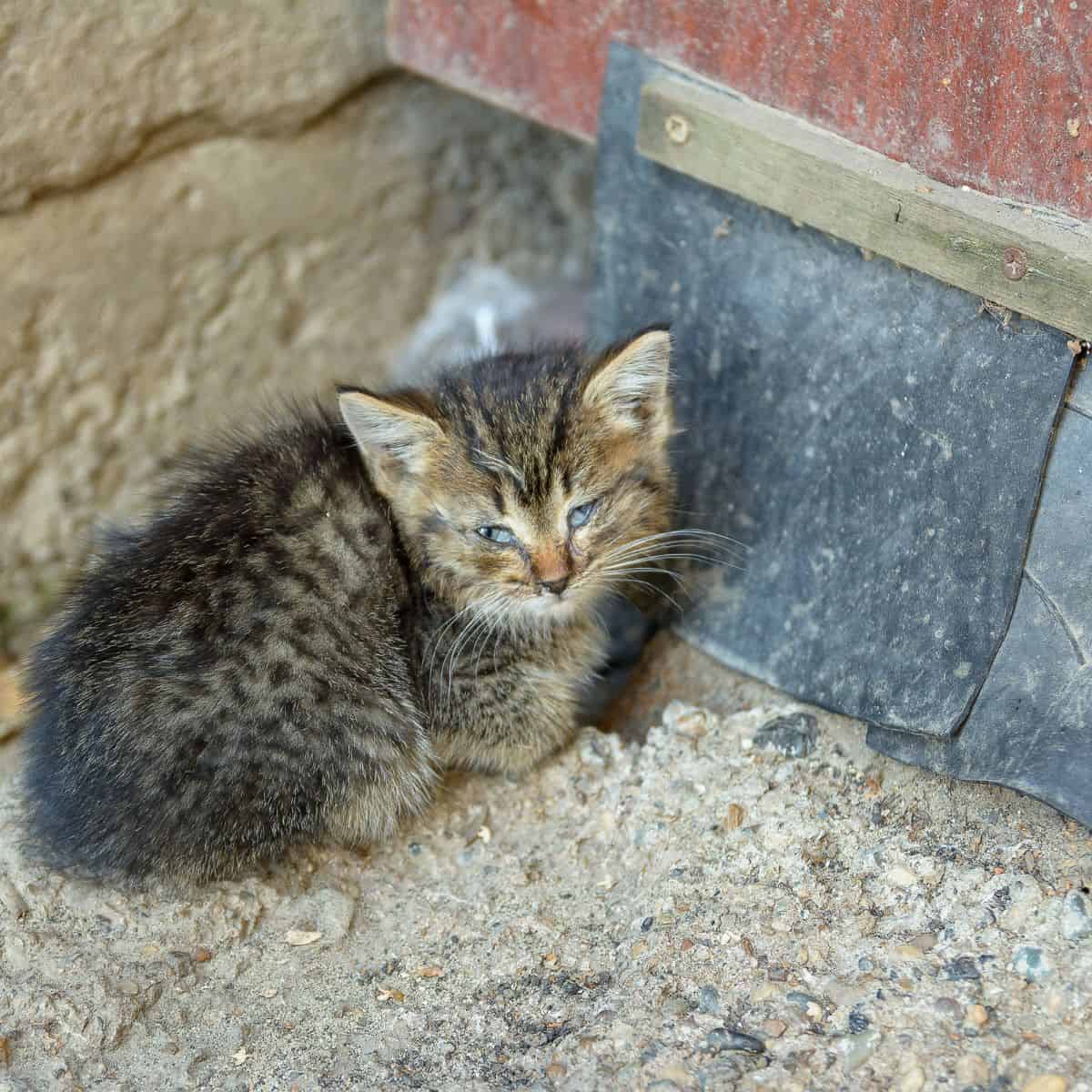Discover The Most Effective Ways To Help Found Kittens

Almost anyone on Earth becomes ecstatic when they spot a litter of kittens outdoors. These tiny felines are without a doubt some of the cutest – if not the absolute cutest – baby animals in the world.
However, beyond their undeniable adorableness, kittens are also among the most fragile creatures on Earth, particularly when they lack shelter and someone to care for them.
Now, I know you’re a kind-hearted soul, eager to assist these poor kittens no matter what. But believe me, your good intentions might not always be what these furballs need.
If you’re wondering about the best way to help a group of found kittens and give them a fair shot at survival, here are a few questions to ponder, along with the answers to keep in mind.
Is Their Mother Around?

First things first, you should ascertain the location of their mother.
When mother cats head out in search of food for themselves, they can be away for several hours. During this time, their little ones may appear abandoned to us humans, prompting our instinct to rescue them and provide safety.
But here’s the key – you should resist that urge! Instead, exercise patience and wait to see if the mother returns. If the kittens seem content, aren’t crying, and the area looks clean, it’s often a sign that their mother is somewhere nearby.

In such cases, you can simply observe them from a safe distance to ensure she’s coming back.
Alternatively, you could sprinkle some flour around them to check for the mother’s paw prints later. If you have an outdoor camera, you can set it up and monitor the situation from the comfort of your home.
What If The Mother Never Returns?

It’s advisable to wait for a period of 10 to 12 hours for the mother cat to come back. However, if she hasn’t returned within that time frame, it’s likely she won’t be returning at all.
In that case, it’s a good idea to take the kittens to your local shelter or consider fostering or adopting them yourself.
How Old Are The Kittens?

In addition to determining the mother’s whereabouts, it’s crucial to establish the kittens’ age.
The younger the kittens, the more likely they’ll require human assistance – especially if their mother is absent. However, if their mother is present, it’s best to leave them be, as kittens under 8 weeks of age thrive best under her care.

Kittens older than 8 weeks have already been weaned from their mother, meaning they can eat on their own. They typically weigh around 2 pounds and display good coordination in activities like walking, running, or playing.
If you estimate that the kittens you’ve found are 8 weeks or older, don’t hesitate to help them. Take them to the nearest vet for a check-up, or contact the local shelter to inquire if they can accommodate them.
Are The Kittens In Any Danger?

Suppose the location where you discovered the kittens isn’t safe. If the mother’s whereabouts are still unknown, the best course of action would be to relocate the kittens to a safer spot nearby.
This ensures they’re out of harm’s way while remaining within their mother’s proximity.
But What If They’re Injured Or Sick?

Even the safest location can pose a threat to kittens who are injured or sick. In such cases, it’s essential to promptly take them to the nearest vet, regardless of whether their mother is present or not.
Signs of a sick kitten include:
• Being underweight
• Having cold ears, paws, and bellies
• Diarrhea
• Vomiting
• Pale gums and tongue
• Having difficulty breathing
Injured kittens may exhibit limping, visible wounds, or loud and excessive crying.
If you’re concerned about the mother, consider reaching out to the local shelter for assistance in trapping her. They typically possess expertise in capturing adult stray or feral felines.
Are The Kittens Social And Friendly?

Lastly, if the kittens you’ve encountered are old enough and display a friendly nature, do your best to find them a loving forever home. Your local shelter is likely to have foster parents eager to take them in.
Alternatively, if you’re up for it, you can opt to foster or adopt them yourself. Caring for a kitten (or kittens?) can be challenging, but with a little research and an open heart, you’ll learn what to do in no time.
On the other hand, if these kitties aren’t particularly friendly and prefer to keep their distance, the best course of action is to implement a Trap-Neuter-Return strategy. This approach ensures they lead long, happy, and healthy lives outdoors.






